The biggest risk of using social networking is that your data and your privacy will be compromised, which could result in significant problems in your personal or professional life.
This could include identity theft, data theft, problems with location sharing, cyberbullying, increased risk of phishing attempts, and more.
Having your data and privacy comprised puts you at risk of all of these things.
The biggest risk of using social networking is having your data and privacy compromised, which in turn results in greater problems.
Social networking is an exciting tool to connect with the world, but this tool does expose every person that uses it to potential problems with security issues.
There are tools and methods to protect yourself or your business against these issues, but any kind of social networking, regardless of how secure it is, will not be without risk.
Table of Contents
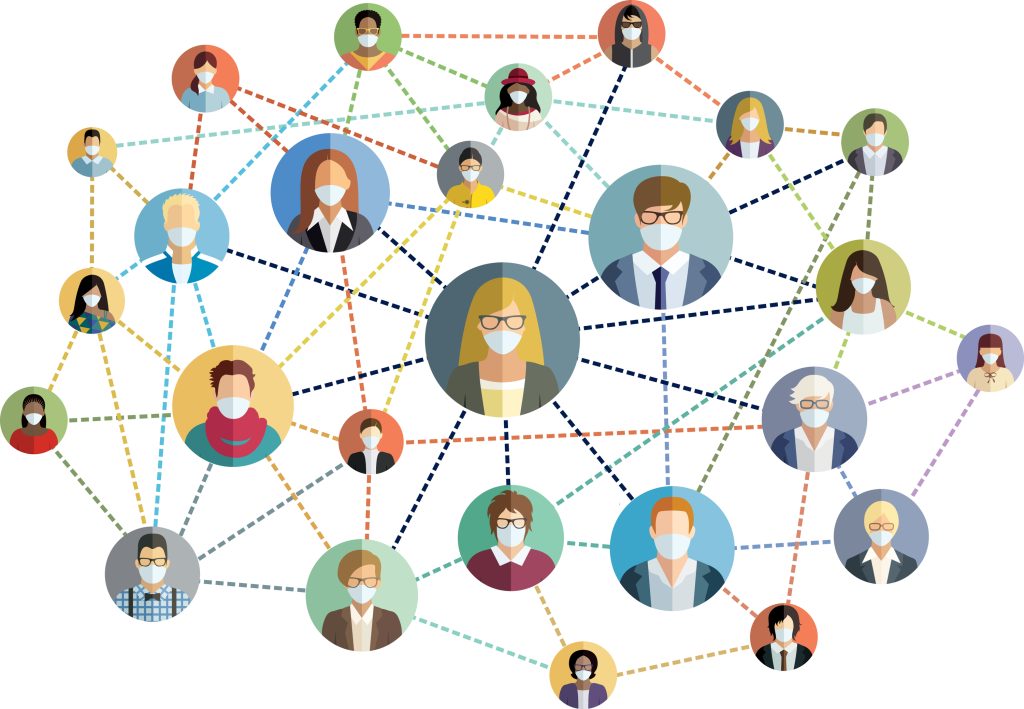
There are risks in social networking because of the human element involved. As much as every company works to take the steps necessary to keep data and information secure, there is always going to be the risk of human error.
This is a natural question to ask because social networking is something that has changed the world for the better, but still, it comes with many risks.
Social networking is all about connecting with people through the use of technology.
Technology can be secure when we take the steps to secure it, however, on social media, the element of the human decision comes into effect.
It is not technology that poses a risk in social networking, but the human factor.
We can’t control every person, or any, actually. That is the risk on social media. Social media involves putting yourself out there and exposing yourself and your data to the world and putting it at risk.
Yes, the risks of social networking are real. There are billions of users across all social media platforms.
Most social networks, if not all of them, have privacy features in place in order to prevent as many real risks as possible.
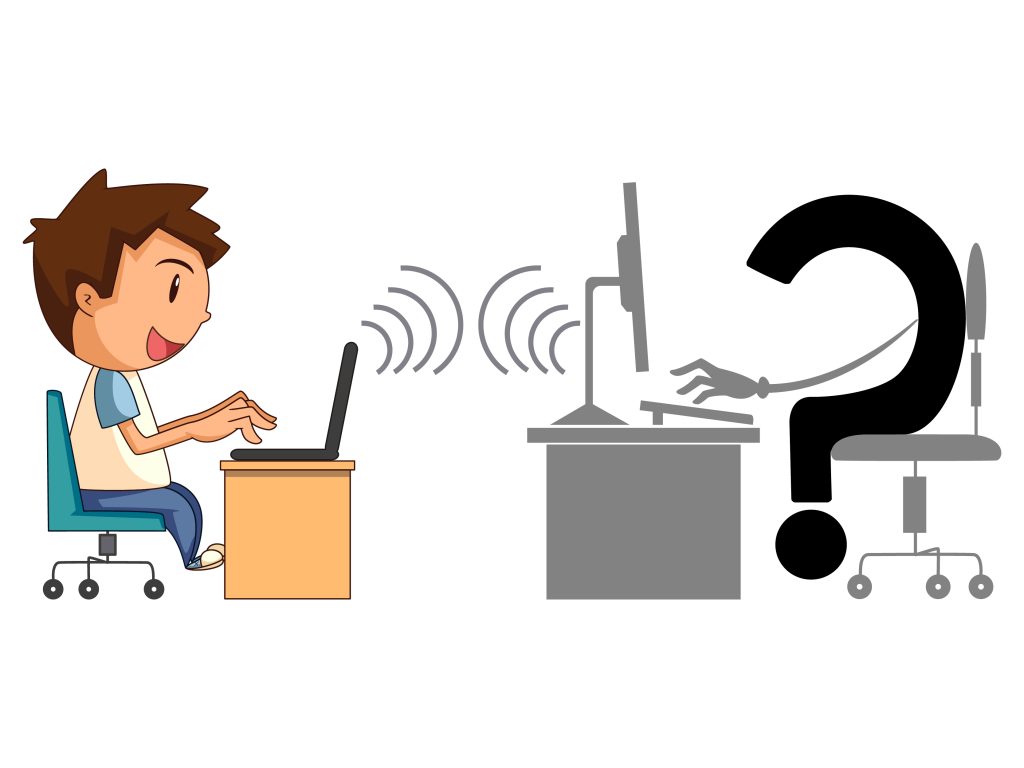
Those preventive features are available to everyone because the risk is equal to everyone. Even though there are some high-profile accounts on every social media page, this doesn’t mean that those accounts don’t have risks as well.
That is what social engineers and hackers think of too when they are looking to compromise data and accounts.
It is impossible to say what the motivation is behind every hacker, but in most cases, data and/or money are the key motivators behind the hacking.
In some cases, fearmongering is the motivation behind compromises on social media. In any event, the risks are there and real for every single user on social media, with every user being exposed to an equal amount of risk.
It is difficult to say what the biggest risk is with 100 percent accuracy because not every risk is reported and quantified.
Common complaints by users of social media are cyberbullying and compromised accounts.
Compromised accounts can result in identity theft or data theft but can also include loss of privacy and phishing.
Identity theft is a significant risk on social networking sites, with many sites preventing or prohibiting the use of duplicate profiles.
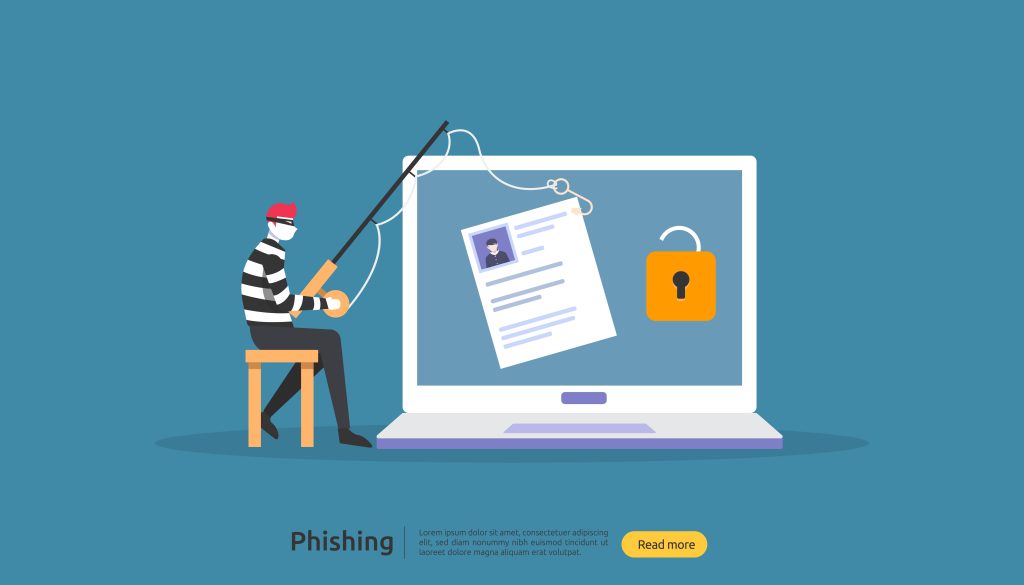
Again, with the human element in play, this can be impossible to prevent. Millions of people suffer as victims of identity theft every year, and social networking is a playground for this.
Every organization in the world takes steps to protect and secure information, and to confirm the identities of profiles.
Using two-factor authentication on social networking sites is one way of circumventing this risk on social networking. Still, the risks are real.
Location sharing is considered another significant risk on social networking. For users that want to connect, it’s an easy way to share with each other where they are in the world in a fun and social way.
However, this can be useful data for hackers and criminals that want to hurt people using social networking sites.
Many career hackers today can use tools to use location sharing information to track any person and make them a target of identity theft, data theft, phishing, cyberbullying, and even in-person stalking.
An unattended account is also another risk on social networking. Idle accounts are prey for hackers and can also be an indicator of a threat on social media.
Exposure to unsecured devices is another way to become prey to hackers. If you are using social media on a work device and also on a personal device, and not logging out of the computer, you increase your risk of social networking becoming a privacy problem.
Identity theft is very common when social networking is used on an unsecured device.
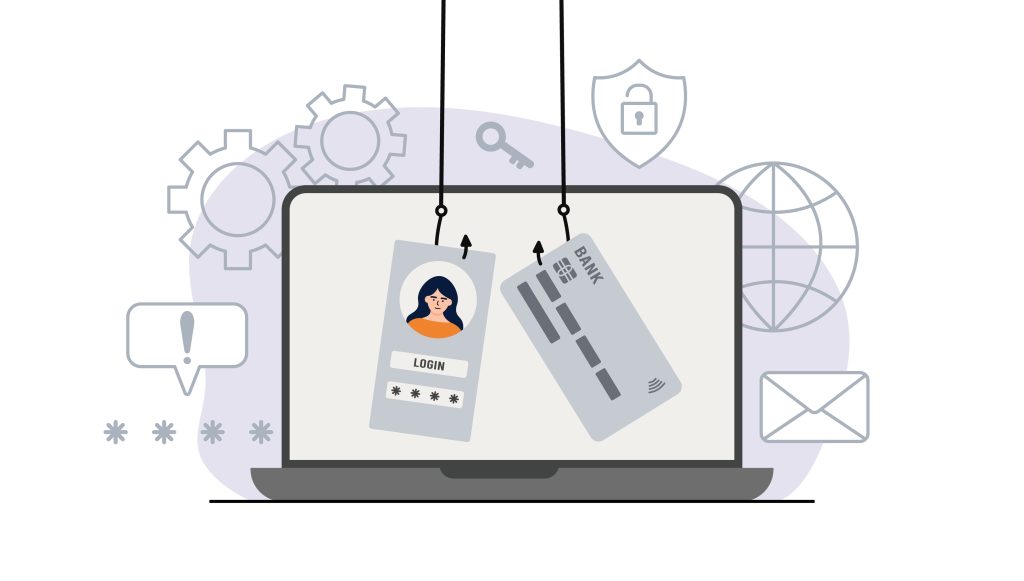
The answer to this is yes, and no. When you agree to social networking, you by definition are connecting socially and agreeing to terms where some privacy is relinquished.
Still, you can control how much you do and don’t share on social media and minimize your loss of privacy.
When you relinquish your privacy on social media, you generally determine what gets posted and when, and who sees what and when.
You are still increasing your risk of privacy loss, but in this case, more likely to people that you know than people that you don’t.
Anything that you post can be exploited.
Cyberbullying on social media is a serious problem and a key complaint of almost every user. Anyone that has been on social media has found or seen some form of social networking drama.
In most cases, that is all that it is and not a significant risk outside of bringing problems into the day.
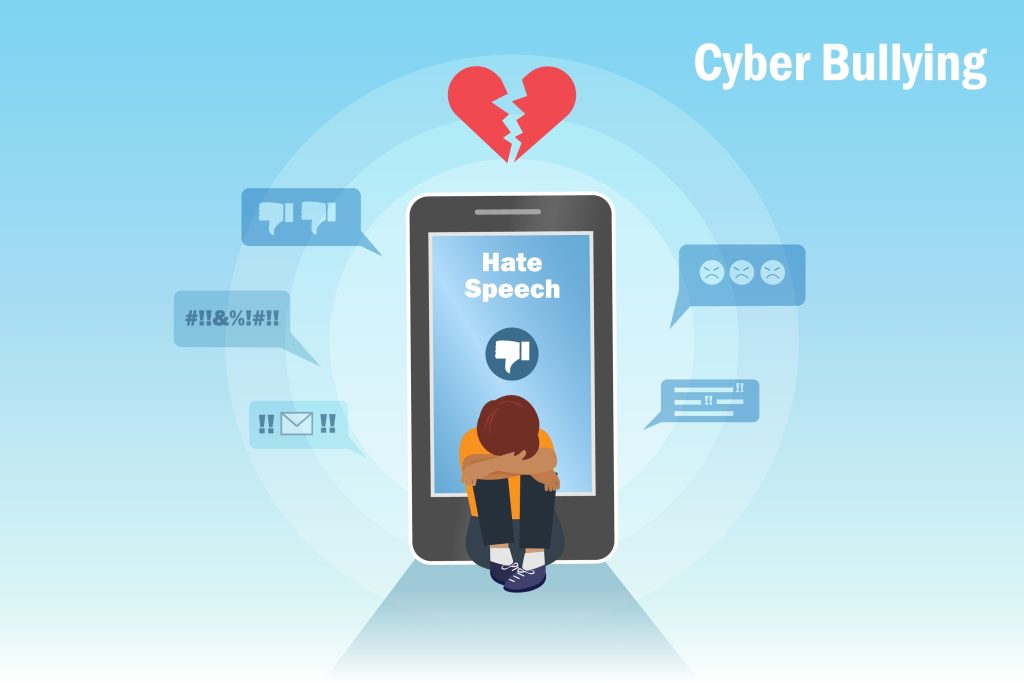
It is when the problem becomes targeted, abusive, and consistent, that the problem becomes a risk that needs to be managed.
Most social media sites offer a means of reporting when this happens. Posts can also be blocked or deleted, and friends or connections can also be blocked or deleted.
Most social networking sites have measures where they can refer you to local authorities in extreme situations.
Today’s world is a world where harassment, even digital harassment, is a problem with known remedies for law enforcement.
Cyberbullying is a risk on social media but is also very easy to resolve if the problem is persistent.
Phishing is a means of hacking an individual’s device in order to gain access to their data and financial information.
In every phishing attempt, the hacker or social engineer is asking the end-user to perform an action.

That action might involve clicking on a link, downloading something, or responding to an email or private message.
Phishing is always going to be a problem if you use technology today, and there are phishing and malware attacks happening every hour in the United States.
They are arriving on mobile devices, in social media private messages, and on emails and text messages.
They are being received by people of every age and every walk of life, as most of the time, the social engineers do not know or care whose information they get.
The goal is to get the data and use it to their advantage. And yes, it can happen on social media.
With more businesses using advertising on social media, it is very easy to confuse a phishing attempt with a business message, making phishing as real a risk on social media as it is anywhere else.
It is impossible to completely eliminate the risk social networking sites present, short of abstaining from using them all together.
The nature of social media is human connection, and any time you connect with others you are exposing yourself to possible problems.
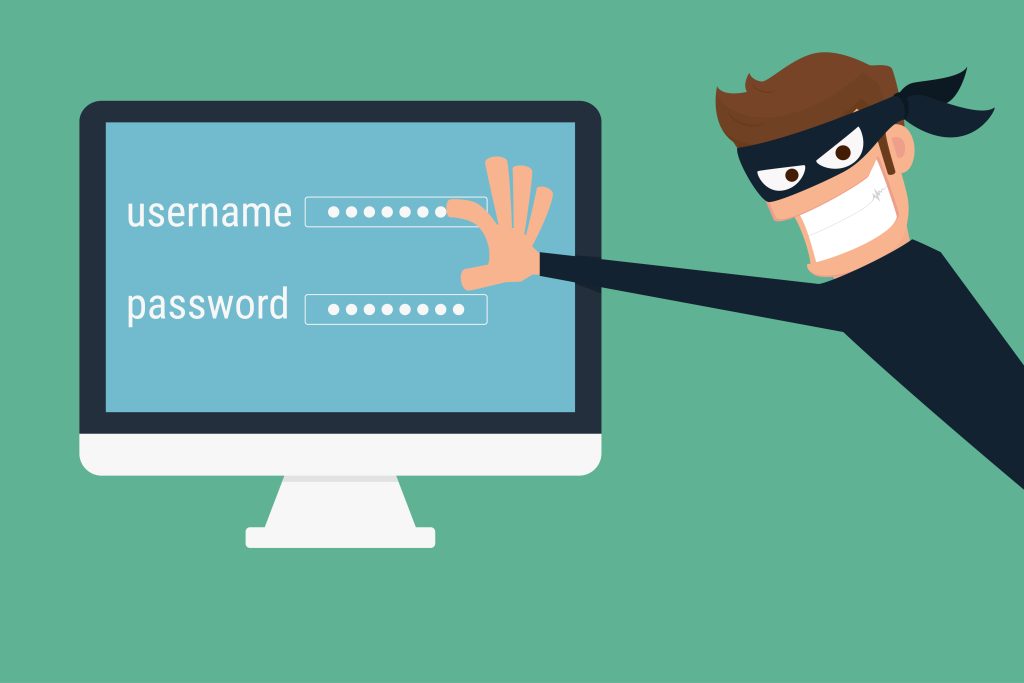
There are ways to prevent problems and minimize your risks.
One of the most common ways to minimize these risks is through password security. Adding two-factor authentication to your social media sites connects your profiles to trusted devices that few people will have access to.
Changing your password regularly will help as well.
You also want to be very careful of who you add on social media and spend time vetting them or checking out profiles that you aren’t very familiar with.
You can also prevent strangers from joining your social media, but in a world where followers are important, some people forget this important step in minimizing risks on social networking sites.
When you use social networking, the very nature of the websites implies that you are going to be exposing yourself to some risk.
When you connect with people socially face-to-face, you are aware of some of these risks. That is just not always the case on social media.
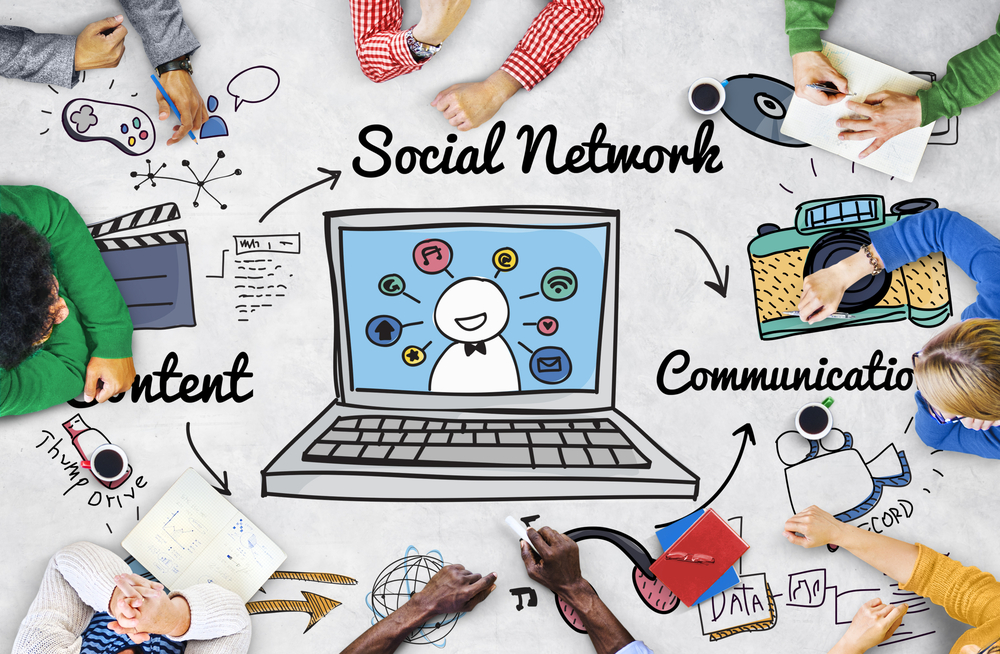
Social media happens on a computer screen and these problems arise behind a computer screen.
It may be easy to see the problem, but it isn’t always so easy to solve the problem. There are remedies for resolving problems on social media, but there are also many ways to minimize the risks.
Do you feel secure on social networking sites? What are your ways of reducing your exposure to risks and problems on social media?

















